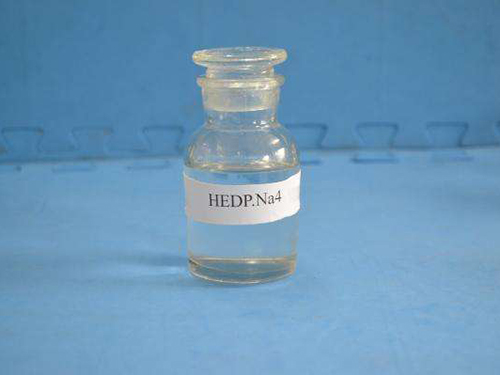Exploring the Benefits and Safety of CI Methylisothiazolinone in Modern Formulations
Understanding CI Me Isothiazolinone Safety, Uses, and Regulations
CI Me Isothiazolinone, commonly known as Methylisothiazolinone (MIT), is a widely used biocide found in various cosmetic and personal care products, industrial formulations, and household cleaning agents. Its primary function is to prevent microbial growth, thus extending the shelf life of products and ensuring user safety. Given the increasing awareness surrounding chemical usage in consumer products, it is essential to understand the properties, risks, and regulations associated with this compound.
What is Methylisothiazolinone?
Methylisothiazolinone is a synthetic compound derived from isothiazolinone, a group of chemicals that have effective antimicrobial properties. MIT is effective at low concentrations, making it an economical choice for manufacturers. It is often combined with another preservative, Methylchloroisothiazolinone (MCI), in a mixture called Kathon CG, which together form a potent antimicrobial agent that inhibits the growth of bacteria, fungi, and yeasts.
Applications
MIT is commonly found in a variety of products, including
1. Cosmetics Skincare, hair care, and other cosmetic products often include MIT as a preservative, helping to extend their shelf life and maintain the integrity of the active ingredients. 2. Household Cleaners Many household cleaning agents rely on MIT to prevent bacterial contamination, particularly in products designed for personal hygiene and kitchen use. 3. Industrial Products MIT is also utilized in industrial applications, including paints, coatings, and adhesives, where microbial contamination could compromise the product's effectiveness.
ci me isothiazolinone

Safety Concerns
While Methylisothiazolinone is effective as a preservative, it has garnered attention due to its potential health risks. Skin sensitization and allergic reactions are significant concerns associated with its use. Reports indicate that prolonged exposure to products containing MIT can lead to contact dermatitis, particularly in individuals with sensitive skin or pre-existing skin conditions.
In recent years, regulatory agencies worldwide have recognized these risks, leading to increased scrutiny and guidelines regarding its usage. For instance, the European Commission has placed restrictions on the maximum allowable concentration of MIT in cosmetic products to minimize the risk of allergic reactions.
Regulations and Guidelines
Regulatory bodies, including the U.S. Food and Drug Administration (FDA) and the European Commission, have established guidelines to ensure the safe use of Methylisothiazolinone. The Cosmetic Ingredient Review (CIR) is an organization that assesses the safety of cosmetic ingredients and has deemed MIT safe for use in cosmetics at specific concentrations. However, manufacturers are urged to label products containing MIT clearly, allowing consumers to make informed choices, especially those with sensitivities.
Conclusion
CI Me Isothiazolinone, or Methylisothiazolinone, plays a crucial role in preserving various consumer products across different industries. While its efficacy as a biocide is well established, awareness about its potential health risks has led to stricter regulations and greater consumer vigilance. As awareness about the safety of chemicals in personal care continues to rise, both consumers and manufacturers must prioritize safety and transparency. Understanding the properties and safety guidelines surrounding MIT is essential for making informed choices regarding product use and formulation, ultimately fostering a safer environment for everyone.
-
Dodecyldimethylbenzylammonium Chloride: High-Purity DisinfectantNewsAug.30,2025
-
2-Phosphonobutane-1,2,4-Tricarboxylic Acid: Scale & CorrosionNewsAug.29,2025
-
Premium Isothiazolinones | Broad-Spectrum Biocidal SolutionsNewsAug.28,2025
-
LK-319 Special Scale And Corrosion Inhibitor For Steel Plants: Advanced Solutions for Industrial Water SystemsNewsAug.22,2025
-
Flocculant Water Treatment: Essential Chemical Solutions for Purification ProcessesNewsAug.22,2025
-
Isothiazolinones: Versatile Microbial Control Agents for Industrial and Consumer ApplicationsNewsAug.22,2025





